Mahmoud Abbas, Palestine’s president, once rightly asserted that “ if you run from a leaking roof, you will end up with a flood.” The largest building component that is exposed to rain, snow, and other weather elements is the roof. For this reason, the roof should always be in good condition so that the occupant of a building can be kept safe and secured. To avoid having a leaking roof that can degenerate into something worse, it is recommended you invest in roof waterproofing.
Whenever it pertains to water invasion, the roof is usually one of the most prone areas of a building. Although roofing materials are typically water resistant, this is insufficient to keep water out for a very long period of time. A roof can have a lifespan of approximately 40 years. Afterward, it would be subjected to severe deterioration and damage over time. To avoid this kind of situation, waterproofing materials must be added to your roof either during the construction of a new building or during the renovation of an old one.
What Is Roof Waterproofing?
Roof waterproofing is an additional layer of resistance that is applied to your roof to ensure that no water enters your building and begins to cause the support beams to rot or damage the walls.
Because it safeguards the materials used in the construction of your home, in addition to all the items you store inside, waterproofing your roof has to be the most crucial phase in your roof installation project. Not only does it protect the structural integrity of your building, but it also keeps members of your family and other occupants of your building safe.
Why Should Your Roof Be Waterproofed?
If your property has a roof that has not been adequately waterproofed for a number of reasons, and you live in an area with regular rain storms, this will pose a significant issue that will cost a lot of money to fix. Some of them are:
- It could damage your roof’s structure. Support beams may deteriorate with time due to persistent moisture and the growth of mold. When ignored for too long, it could be quite dangerous as it could result in the collapse of that region of your roof.
- It begets moss-covered and moldy exterior walls. Moss and mold can give your house a “cottage in the woods” air, and nothing screams neglect like their presence in a house.
- It can cause water Smears on the ceiling and walls. while these stains are not harmful, they are ugly and difficult to remove.
- It reduces the market and aesthetic value of your property. A house without a waterproofed roof that has leaks will not attract good buyers in the real estate market.
- It can also be detrimental to the health and overall well-being of your building occupants.
Best Waterproofing for Roofs
The waterproof materials can be added either by integrating them into the roof’s frame or simply as a protective covering beneath the roof that is being installed. The type of waterproofing material to be used is based on the type of roof you want to install for your building and the climate condition in your environment. You can hire a qualified contractor to suggest the finest and most effective waterproofing products for your property. Some of the best waterproofing materials for roofs include:
1. EPDM
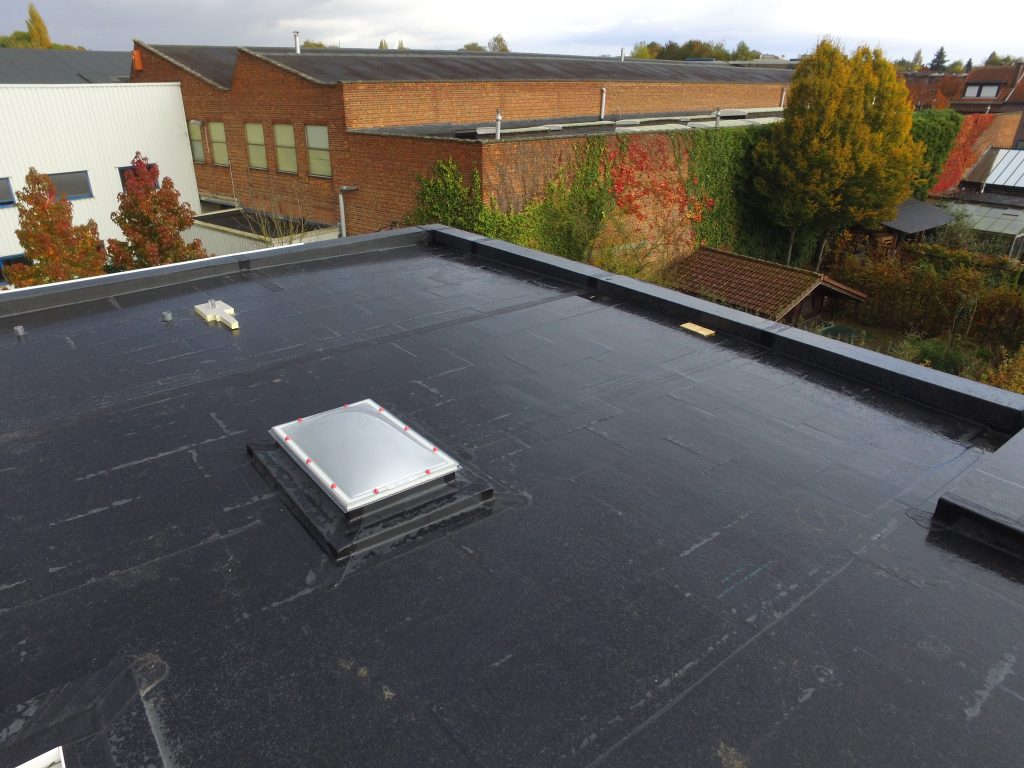
EPDM (Ethylene Propylene Diene Monomer) is a synthetic rubber membrane commonly used in roofing applications as a waterproofing material. It is a highly durable material that is resistant to extreme temperatures, UV radiation, ozone, and many chemicals. It is easy to install and often used for flat roofs, such as commercial buildings. EPDM can be applied directly to the roof deck, or it can be attached to the substrate using mechanical fasteners, adhesives, or ballast. The membrane is then sealed at the edges and along any seams to provide a waterproof barrier. EPDM can also be used in conjunction with other materials, such as insulation and flashing, to further waterproof the roof.
2. TPO
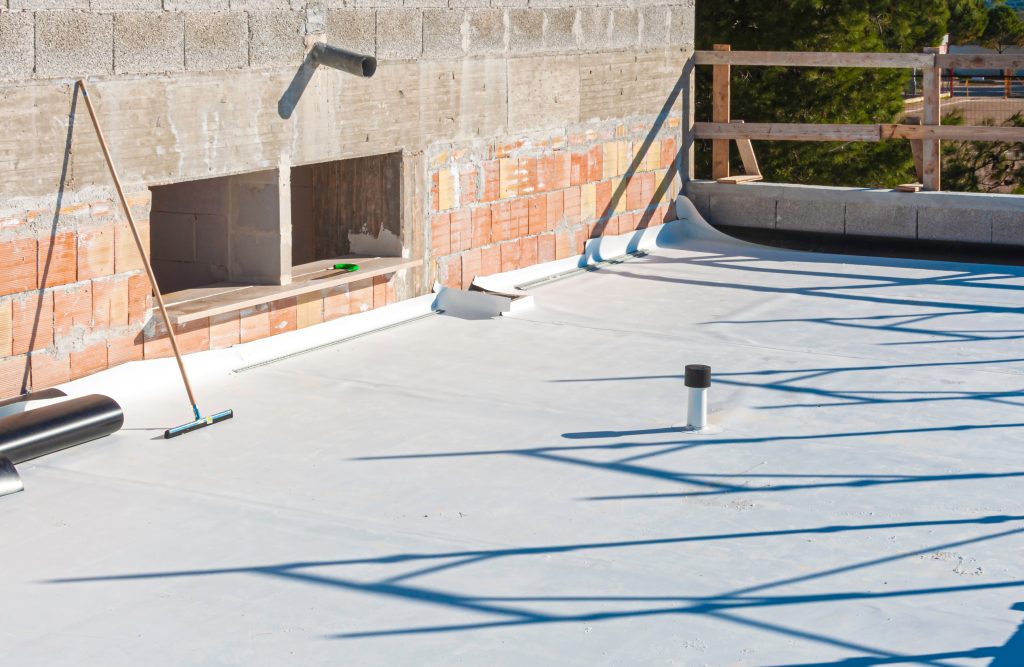
TPO (Thermoplastic Polyolefin) is a type of single-ply roofing material that has become increasingly popular in recent years as a reliable and cost-effective waterproofing solution. TPO is a type of thermoplastic membrane that is fully adhered to the roof deck, creating a strong, watertight barrier that can protect the roof from water intrusion and harsh weather conditions. TPO is typically applied as a single layer and can be installed quickly and easily.
It is a great option for waterproofing the roof because it is lightweight and easy to install, and is also highly reflective, reducing the amount of heat absorbed by the roof. It usually comes in white, grey, and tan colors. TPO is also very durable and resistant to UV rays, ozone, and chemicals, making it a great choice for long-term roof protection.
3. PVC
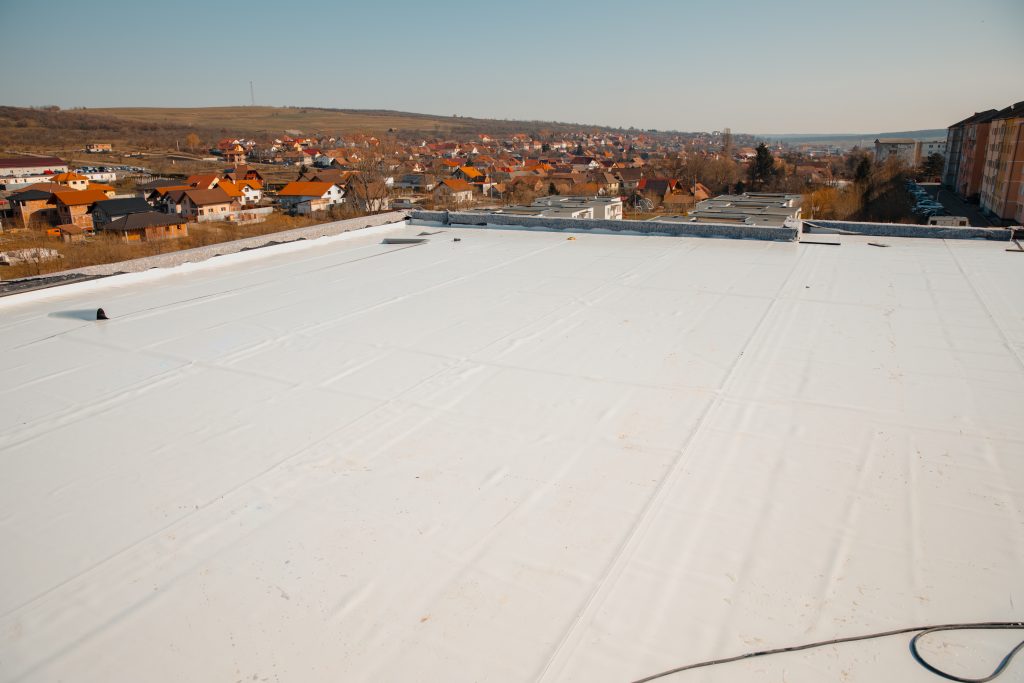
PVC (Polyvinyl Chloride) is a type of plastic commonly used in construction. It is highly durable and water-resistant, making it an ideal material for waterproofing roofs. PVC membranes can be applied directly to the roof deck or combined with other materials such as asphalt or rubber to form an effective waterproofing system. PVC membranes are lightweight, easy to install, and long-lasting, making them a popular choice for roofing applications.
4. Built-up roofs
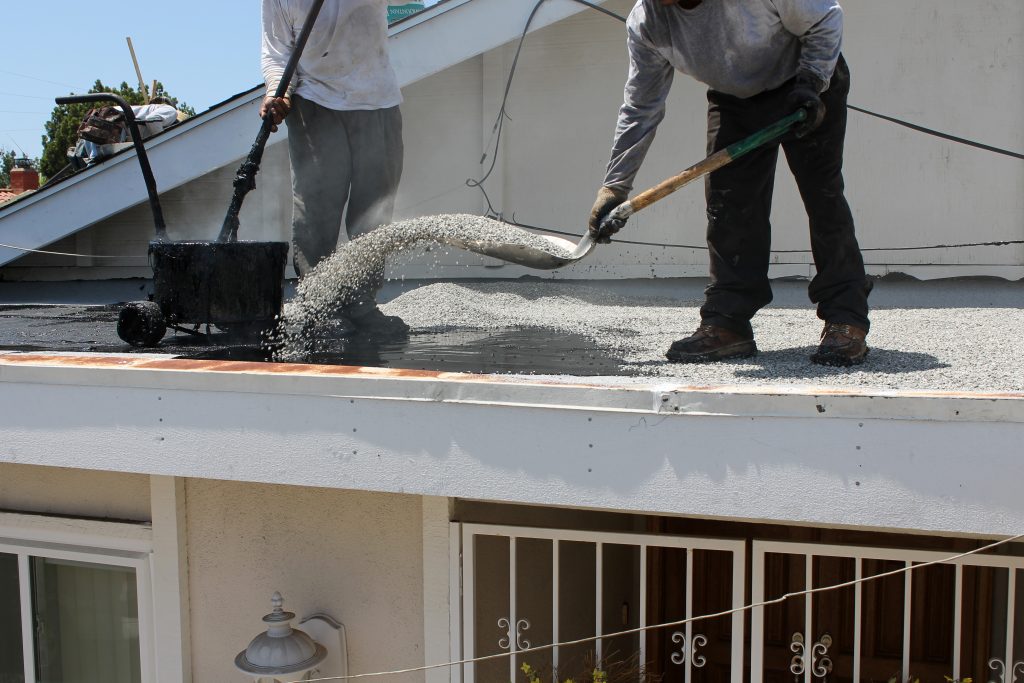
Built-up roofs (BUR) are a type of flat roofing system that uses layers of asphalt, felt, and tar to provide waterproof protection for flat roofs. They are usually composed of two or more layers of asphalt and felt, topped off with a layer of tar. The asphalt is applied in a hot liquid form and then cooled to form a solid layer. The felt is then placed on top of the asphalt and the tar is applied to seal the layers together. This system is extremely durable, resistant to the elements, and can last for up to 30 years. The BUR system provides an effective waterproof barrier for flat roofs and is a popular choice for commercial and industrial buildings.
5. Modified Bitumen
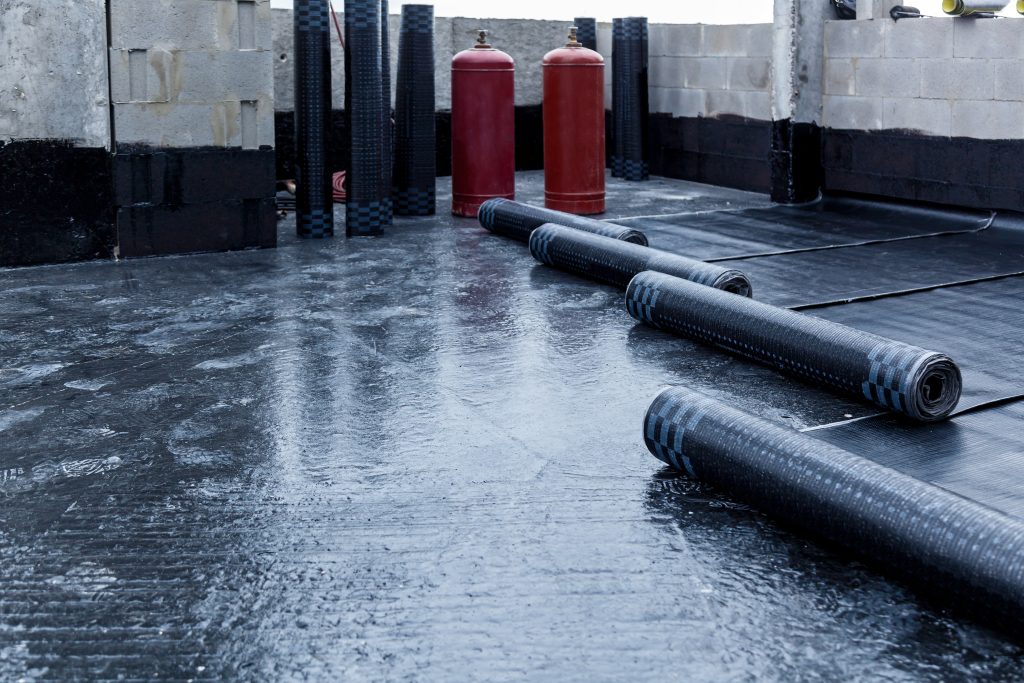
Modified Bitumen (MB) is a type of asphalt roofing membrane composed of asphalt, modifiers, and reinforcement layers. It is similar to traditional Built-up Roof (BUR) systems in that it is composed of multiple layers. However, MB is composed of asphalt that has been modified with either rubber, plastic, or other resins to increase its flexibility and durability. MB is typically used for low-slope roof applications, whereas BUR is typically used for steep-slope roof applications. Additionally, MB typically has a longer life expectancy than BUR, and some MB systems also have a reflective finish to help reduce energy costs.
For maximum comfort, safety, and increased value of your property, it is recommended to waterproof your roof. This process should be carried out by a professional using only quality materials to ensure it lasts long and you get enough returns on your investment in roof waterproofing.






